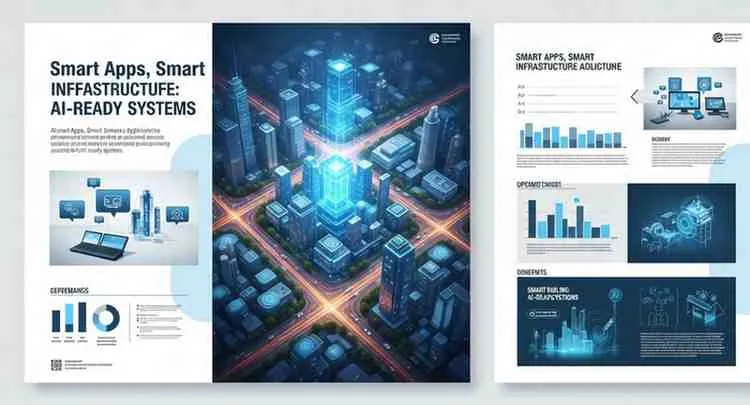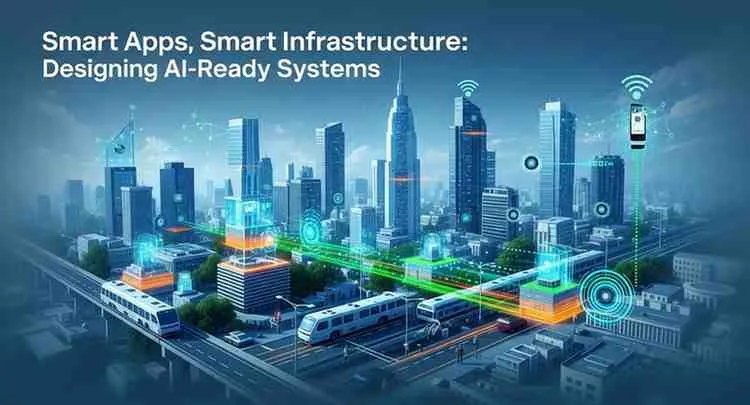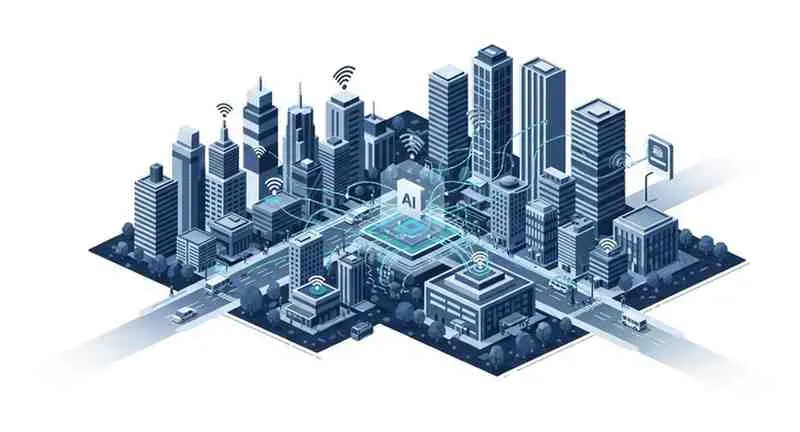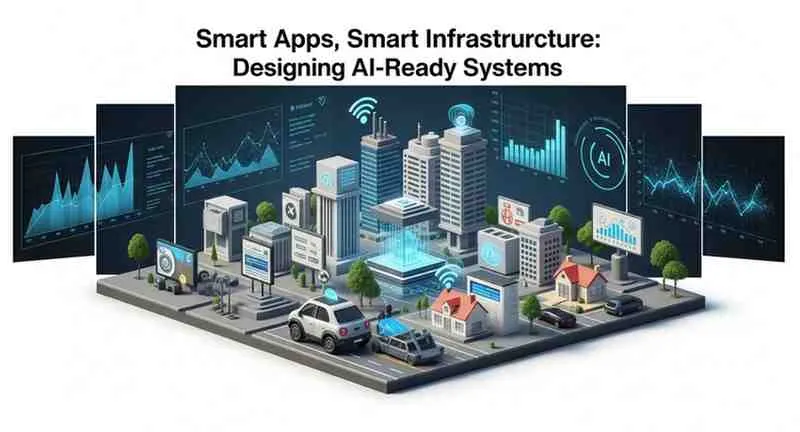Artificial Intelligence (AI) is revolutionizing industries, unlocking new possibilities in automation, personalization, and predictive analytics. However, developing and deploying AI-powered applications is not just about building smart algorithms. It requires a smart infrastructure to support data flow, model training, and real-time execution at scale. For businesses aiming to future-proof their digital ecosystems, investing in AI-ready infrastructure is no longer optionalit’s essential.
For example www.thoughtLabs.be are helping businesses architect systems that are not only intelligent but also scalable, secure, and adaptable to change.
What Is AI-Ready Infrastructure?
AI-ready infrastructure refers to the foundational systems and technologies that support the entire AI lifecycle from data ingestion and storage to model training, deployment, and monitoring. Unlike traditional IT setups, AI systems demand high computational power, scalable storage, and real-time data processing capabilities.
Key features of AI-ready infrastructure include:
- High-performance computing (HPC) environments with GPU support
- Scalable cloud storage and compute resources
- Real-time data pipelines
- Support for containerized workloads and microservices
- Integrated monitoring and security tools
Without these components, even the most advanced algorithms can struggle to deliver value at scale.
Core Components of an AI-Ready System
1. Data Infrastructure
AI models are only as good as the data they’re trained on. Effective data infrastructure enables seamless collection, cleaning, transformation, and storage of structured and unstructured data.

An AI-ready data infrastructure includes:
- Real-time data ingestion tools (e.g., Kafka, Flink)
- Data lakes and warehouses for centralized storage
- Data cataloging and lineage tracking
- ETL/ELT tools to process and transform data efficiently
2. Compute Power and Flexibility
Training large AI models can require significant computing power. Infrastructure must support both CPU and GPU processing to handle diverse workloads.
Cloud platforms such as AWS, Google Cloud, and Azure provide scalable compute options, including GPU instances and managed AI services that reduce the operational burden.
3. DevOps and MLOps Integration
Modern AI development thrives on automation and continuous integration. MLOps, an evolution of DevOps, focuses on the automated pipeline of data to deployment.
This includes:
- Version control for data and models
- Continuous training (CT) and continuous deployment (CD)
- Monitoring of model drift and performance
- Feedback loops for real-time learning and improvements
4. Security and Compliance
AI systems often handle sensitive data. Ensuring security and regulatory compliance is crucial to maintain user trust and avoid penalties.
Security strategies include:
- Role-based access control (RBAC)
- Data encryption at rest and in transit
- Compliance with GDPR, HIPAA, or other regional standards
- Regular audits and vulnerability assessments
5. Scalable Deployment Strategies
AI-ready infrastructure must be designed to scale applications based on user demand, data size, and processing complexity.

Key strategies include:
- Container orchestration (e.g., Kubernetes)
- API-first architecture for flexible integration
- Load balancing and auto-scaling policies
- Edge computing for low-latency use cases
Real-World Benefits of AI-Ready Infrastructure
Organizations that invest in smart infrastructure unlock several advantages:
- Accelerated Innovation: Rapid experimentation and iteration cycles
- Improved Accuracy: Reliable data pipelines ensure quality training data
- Enhanced User Experience: Real-time AI services deliver faster, more personalized responses
- Cost Efficiency: Scalable resources prevent overprovisioning and optimize costs
- Business Agility: Modular design makes it easier to adapt to new technologies or demands
Conclusion
In a world increasingly driven by smart applications, smart infrastructure is the foundation of success. Building AI-ready systems goes far beyond coding algorithms, it’s about enabling those algorithms to perform at scale, securely and reliably. Businesses looking to leverage AI must start with the right architecture, tools, and partners.

Whether you’re enhancing existing applications or launching entirely new platforms, your infrastructure will determine the ceiling of your AI potential. Invest wisely, and you’ll be prepared not just for today’s needs, but for tomorrow’s innovations.








